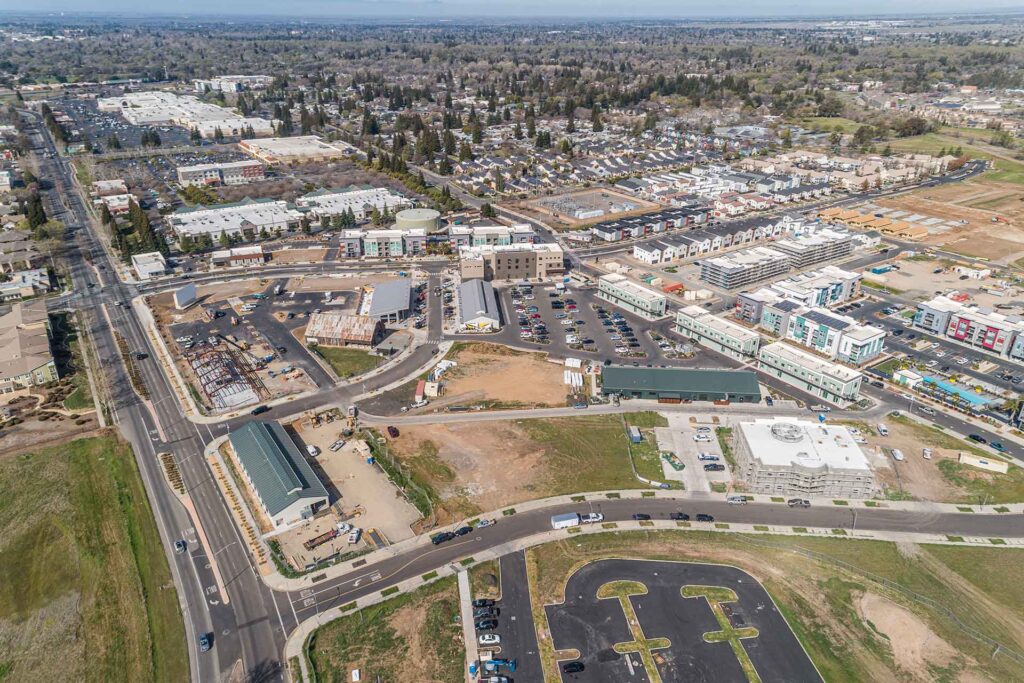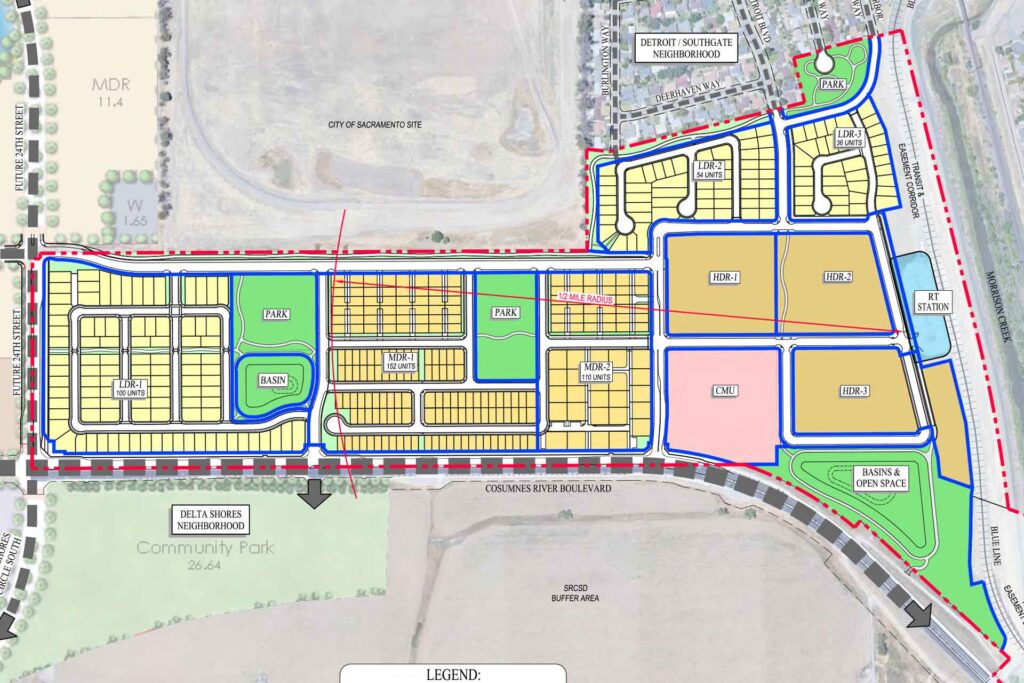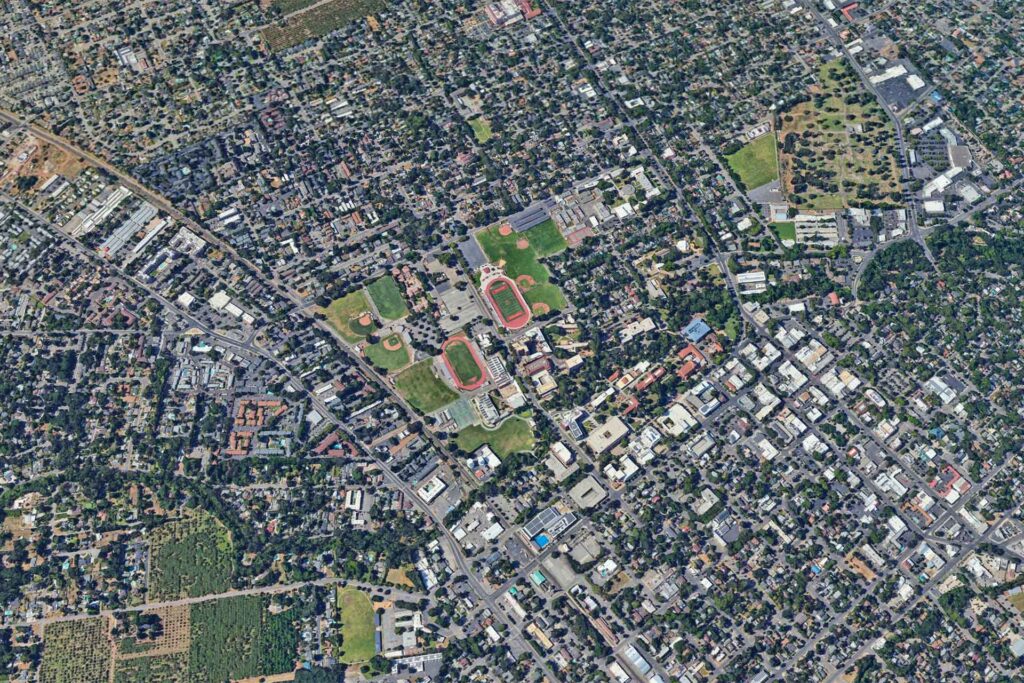The California Schools and Local Community Funding Act appears on the November 2020 Ballot.
JANUARY 2020 LEGAL UPDATE: SPLIT ROLL BALLOT MEASURE
In July, we examined a proposed new tax law called the California Schools and Local Community Funding Act of 2018, a voter initiative eligible for the November 2020 Statewide ballot. As discussed below, this proposed new law, if passed, would create a “split” tax roll for real property in California whereby a separate tax roll would be created for most commercial real estate in the State, which properties would no longer receive the protection afforded by Proposition 13.
Remarkably, after successfully spending about $3.5 million on signature-collection the first time, the proponents of the law are doing it over again.
Signature-collection is well underway for the California Schools and Local Community Funding Act of 2020, a revised version of the earlier Act. The core of the Act – creation of a split roll for most commercial property – has not changed. But considerable changes have been made, including, on the taxpayer-unfriendly side, elimination of the owner-operator exemption and, on the taxpayer-friendly side, creation of an exemption for properties of which the aggregate fair market value of the property plus all other properties in California in which the owner or any part-owner owns any interest totals $3 million or less. The new version of the Act also corrects a logistical problem – while the effective date of the original Act is January 1, 2020, the new version’s effective date is January 1, 2022.
Taking a 20,000-foot view of what’s going on, perhaps the most important thing about this do-over is what it signals. It cost a reported $3,490,600.39 to gather the required 585,407 petition signatures for the first version of the Act, and this time it will require 997,139. The endorsements are powerful, and the campaign coffers seem endless. Anything can happen in politics, but it seems almost inevitable that the split roll is coming in 2022.
ORIGINAL ARTICLE: A BIG PROPERTY TAX CHANGE MAY BE ON ITS WAY
California isn’t exactly known as a “pro-business” State. But despite this well-earned reputation, for the last four decades — since the passage of Proposition 13 in 1978 — commercial real estate has enjoyed a major tax benefit. As is the case with residential real estate, the value of commercial real estate for assessment purposes remains tied to acquisition value (with 2% maximum annual increases) until a change in ownership occurs.
Well … the days of this lonely benefit may soon be over.
On October 15, 2018, the California Schools and Local Community Funding Act1 became eligible for the November 2020 Statewide ballot.2 This voter initiative, if passed, will amend the State Constitution by removing most commercial property in the State from the acquisition value-based assessment system and placing it into a fair market value-based system. In other words, if it passes, the Act will require that all commercial real estate in California — with limited exceptions — be assessed at fair market value.
1 This link takes the reader to the copy of the Act as received by the Initiative Coordinator of the State Attorney General’s Office, posted on the Secretary of State’s website. 2 As explained on the Secretary of State’s website, “Eligible initiative measures will become qualified for the ballot on the 131st day prior to the next Statewide General
THE BASICS
The key language of the Act, in Section 6, describes the type of real property which is to be valued at “fair market value” for assessment purposes: “commercial and industrial real property that is not zoned for commercial agricultural production or otherwise exempt under the Constitution.” So, putting aside exempt property, the basic rule is that commercial and industrial property no longer gets the acquisition value protection of Prop 13, unless zoned for commercial agriculture. The Act makes an explicit statement that “residential property” is to remain under the acquisition-value approach of the Constitution, “whether it is occupied by a homeowner or a renter”. Residential includes “property used or zoned as residential property, including both single-family and multiunit structures,” thus apartment properties are not considered commercial. For mixed-use property, the Act provides that “the Legislature shall ensure only that portion of the property that is used for commercial and industrial purposes shall be subject to [the new assessment regime].” Thus, mixed-use property will be treated on a proportionate basis.
NUANCES & DETAILS
If the Act passes, the nuances of the language will become very important in some cases. Many of those nuances are not addressed at all and will be left to courts, administrative agencies and the Legislature, while others are addressed with varying degrees of success. Election unless withdrawn by the proponents prior to its qualification by the Secretary of State.” Examples of real property exempt from taxation under the California Constitution are State and local government-owned property, libraries, museums and churches.
Most of the key terms are defined in the Act, although they are of somewhat limited usefulness. “Commercial and industrial real property” is defined as “any real property that is either used or zoned as commercial or as industrial property, or is vacant land not used or zoned for residential use or used for commercial agricultural production.” For this purpose, “vacant land” is defined to exclude “land zoned for open space or the equivalent designation”. And the phrase “used for commercial agricultural production” is defined as “used or zoned for producing commercial agricultural commodities.” Interestingly, the Act, on the one hand, tells us that property used or zoned commercial/industrial is subject to the new regime, but property used or zoned residential remains under the old regime. So, this raises an obvious question about property used one way but zoned the other. The closest the Act comes to answering this question is by a directive to the Legislature to “provide by statute that any property zoned as commercial or industrial but used as long-term residential property shall be classified as residential.” That seems to tell us that if something has become residential in character by longterm use, that use overrides the zoning. But we won’t know exactly what this means until the Legislature tells us, and we know even less about circumstances under which commercial/industrial use may override residential zoning.
In addition to excluding multiunit residential and commercial agricultural property from the new regime, the Act provides a loophole for some owner-user properties. If a property-owner operates business(es) at the property, the property will remain under the current assessment regime if (a) the business(es) are operated on “the majority” of the property, and (b) the total fair market value of all California real property owned by the same property owner and on which those business(es) operate is under $2 million (with an inflation adjustor). Notably, this seems to mean that if an owner-user’s property happens to be worth slightly less than the threshold it is fully qualified for the loophole, but if it is just barely worth the threshold amount then it is fully disqualified.
Putting this all into context, here are some of the key circumstances when property that is clearly, or arguably, used or zoned as commercial or industrial may escape the new fair market value assessment regime:
- Owner-user property where the two qualifications are met;
- Multiunit residential property;
- Property zoned for commercial agricultural production;
- Vacant land used or zoned for commercial agricultural production;
- Vacant land used or zoned for residential use;
- Vacant land zoned for open space;
- Property exempted from taxation by the California Constitution;
- Property zoned commercial or industrial but used as “long term residential”; and
- Perhaps, property used as commercial or industrial but zoned residential and where the commercial or industrial use is short-term (applying the logic of #8 in reverse).
MARKET IMPACT
The nuances and details are certainly important, but the more important issue is what impact the Act, if passed, will have on the California commercial real estate market.
There will be a shifting towards investment in multi-family properties, as well as the single-family sector. Another shift will be an emphasis on owner-user opportunities. Agricultural land should also benefit, but the effect will be muted by the longstanding presence of the Williamson Act.
Overall, California commercial real estate will become a less attractive investment overnight. Basic economics and common sense dictate that the required payment of $11 billion annually as predicted by the Act’s proponents – or whatever the actual figure becomes – from the commercial real estate segment of the economy will direct investment away from that segment.
The owner of Capital Rivers Commercial, Greg Aguirre, sees two sides to passage of the Act. One is the obvious harm: “As a commodity, California commercial real estate will take a hit.” Aguirre said. “I think small-time property owners especially. Some because their leases aren’t triple-net, some even that are because the tenants can’t afford the new tax burden.”
“But if you’re thinking one step ahead, there is always opportunity in the wake of any market shift. That’s where I see this as an opportunity during the pre-passage and early post-passage stages,” said the Capital Rivers owner.
CONCLUSION
Time will tell whether the California Schools and Local Community Funding Act becomes law in the Golden State. For some owners that have held commercial and industrial property for a long period of appreciating market value, the immediate impact would be severe to them or their net-lease tenants. For all owners of such properties and the market segment generally, the new rule will undercut values across the board. The State’s economy will likely suffer.
For any potentially-affected party, the Act’s numerous exceptions and grey areas should be scrutinized under the party’s particular circumstances. Industry participants – owners, investors, developers, tenants, brokers, etc. – should understand the Act and consider its impact. But they should also consider the opportunities it may bear.
Wondering how you can properly plan for the impact? Contact the team dedicated to your success at Capital Rivers.
This article is general in nature and is intended only as background material for informational purposes. It does not constitute legal advice. It may not apply to your specific situation or may be incomplete or outdated. You should not act or rely on any information in this article. You are not authorized to treat this article as legal advice, and it does not create any sort of attorney-client relationship. This article doesn’t not create any Before acting or delaying action, you should first seek the advice of an attorney qualified in the applicable subject matter and jurisdiction.




